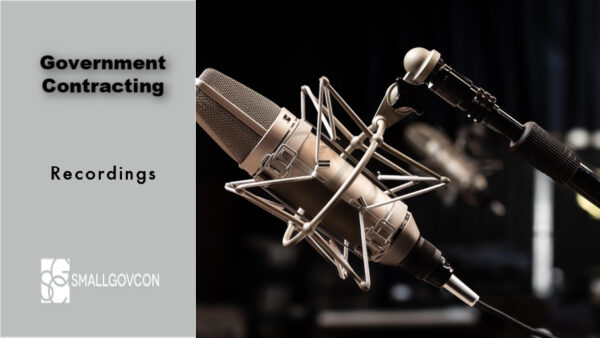Many federal contractors have heard about the revamping of the Federal Acquisition Regulation. Variously called FAR 2.0, the Revolutionary FAR Overhaul, or simply RFO, this project has been undertaken by the Office of Federal Procurement Policy (OFPP) and the Federal Acquisition Regulatory Council (FAR Council). An executive order got the ball rolling, setting forth the mandate to create FAR 2.0 by October 12, 2025. We wrote about it in our earlier post, and described it as two parallel tracks. Track 1 involves a rewrite into “plain language” and removing non-statutory and unnecessary content. Track 2 involves the development of the non-mandatory guidelines to guide procurement officials.
The revision of the FAR sections has continued over the past few months, with the most recent proposed revisions being released on September 4, 2025. In this post, we’ll review a proposed revision that seems to make some significant changes to the language: Part 6 – Competition Requirements.
Continue reading…





